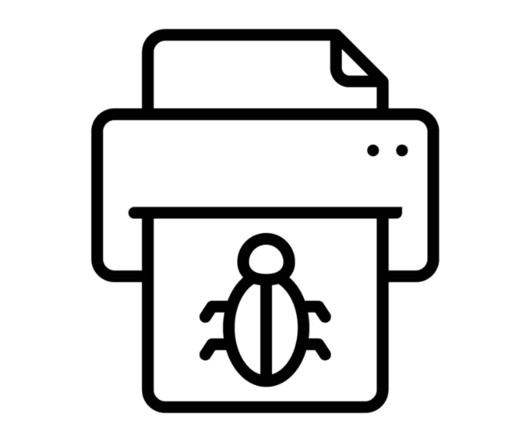On the 20th Safer Internet Day, what was security like back in 2004?
Malwarebytes
FEBRUARY 6, 2023
You had very rich and powerful adware companies, making liberal use of bundled installers. The adware was frequently incredibly invasive, with affiliate networks often in meltdown promoting every kind of rogue install under the sun. For one final slice of additional context, 2005 was also a key year for security happenings.















Let's personalize your content